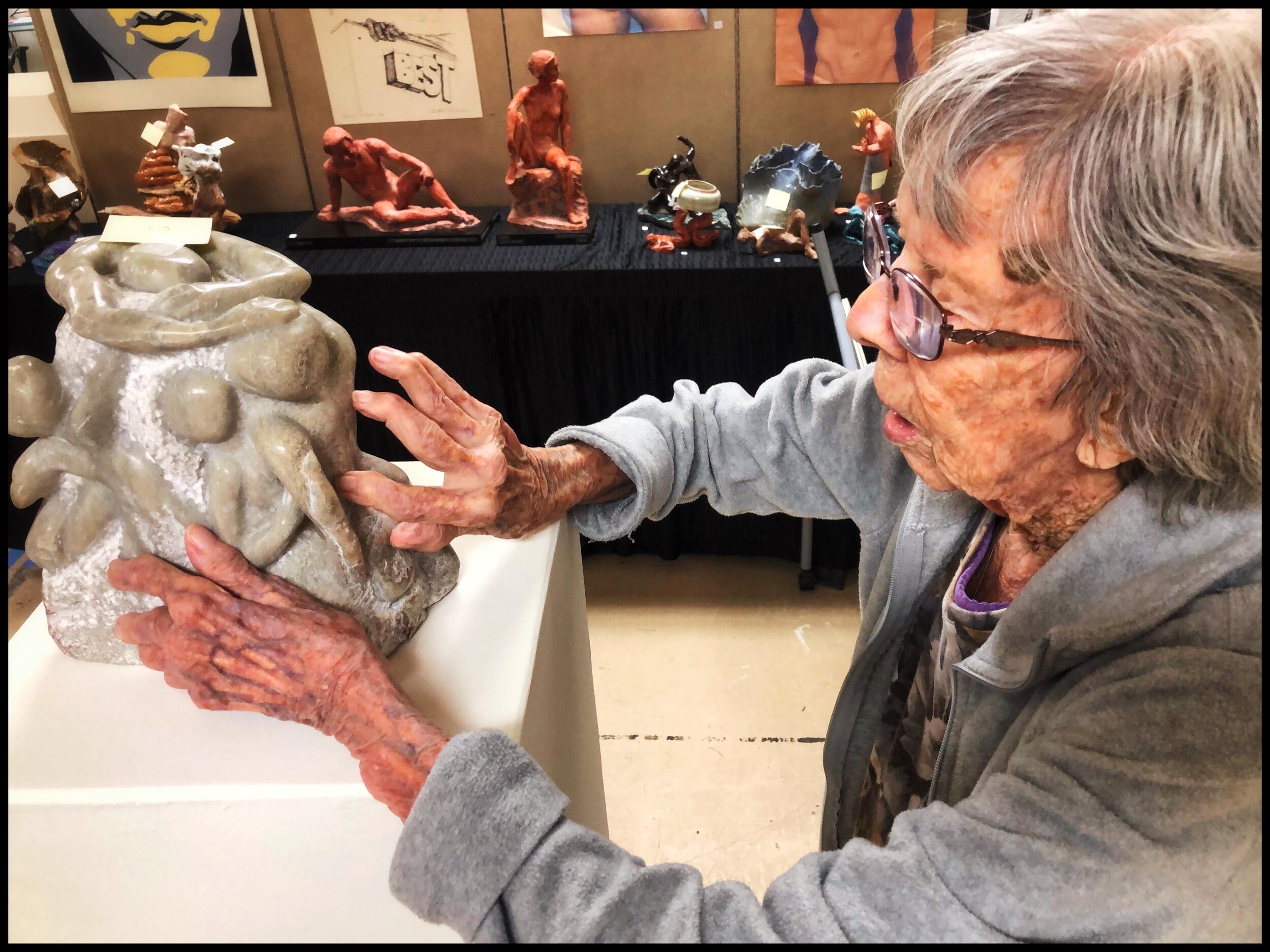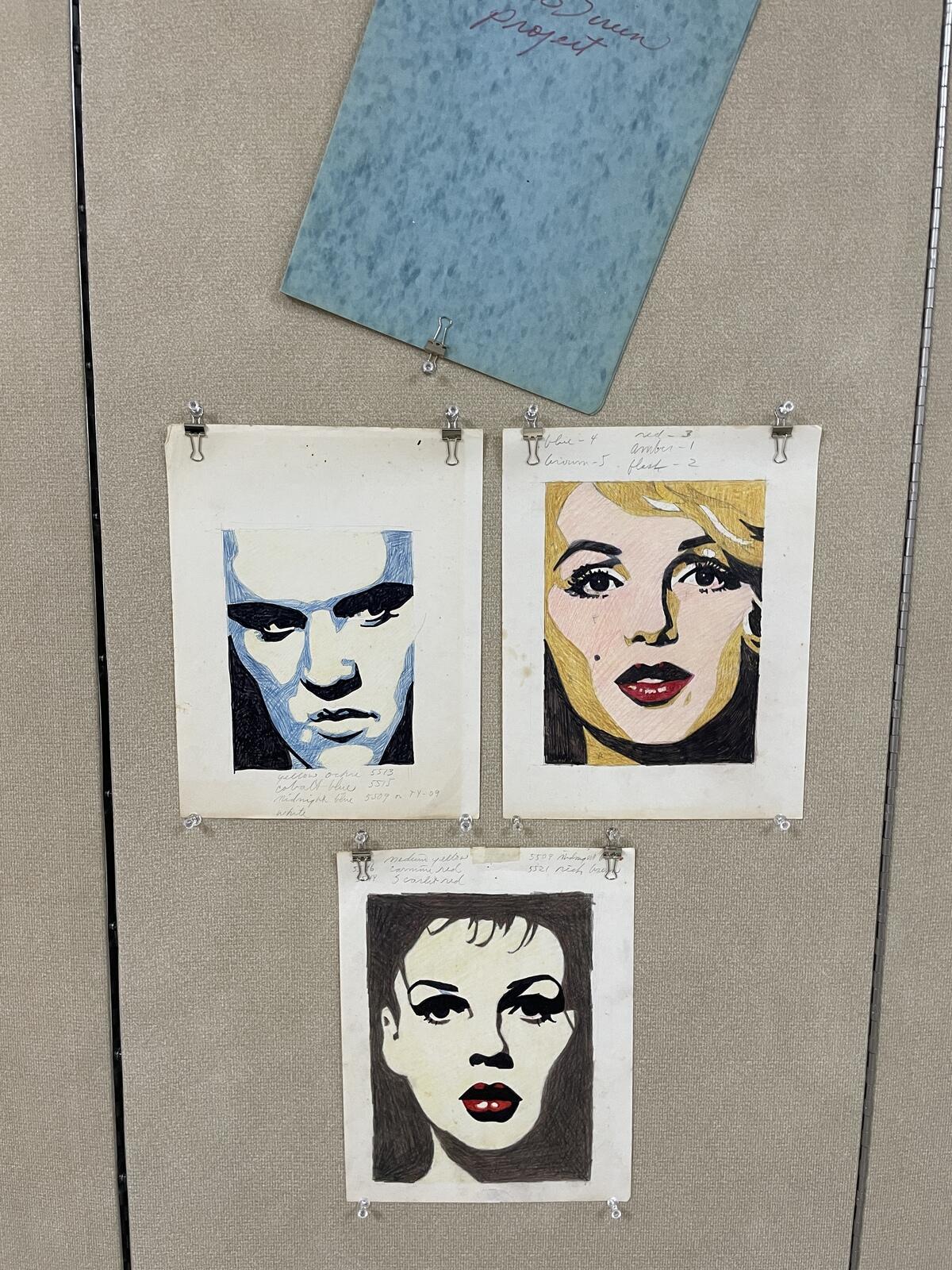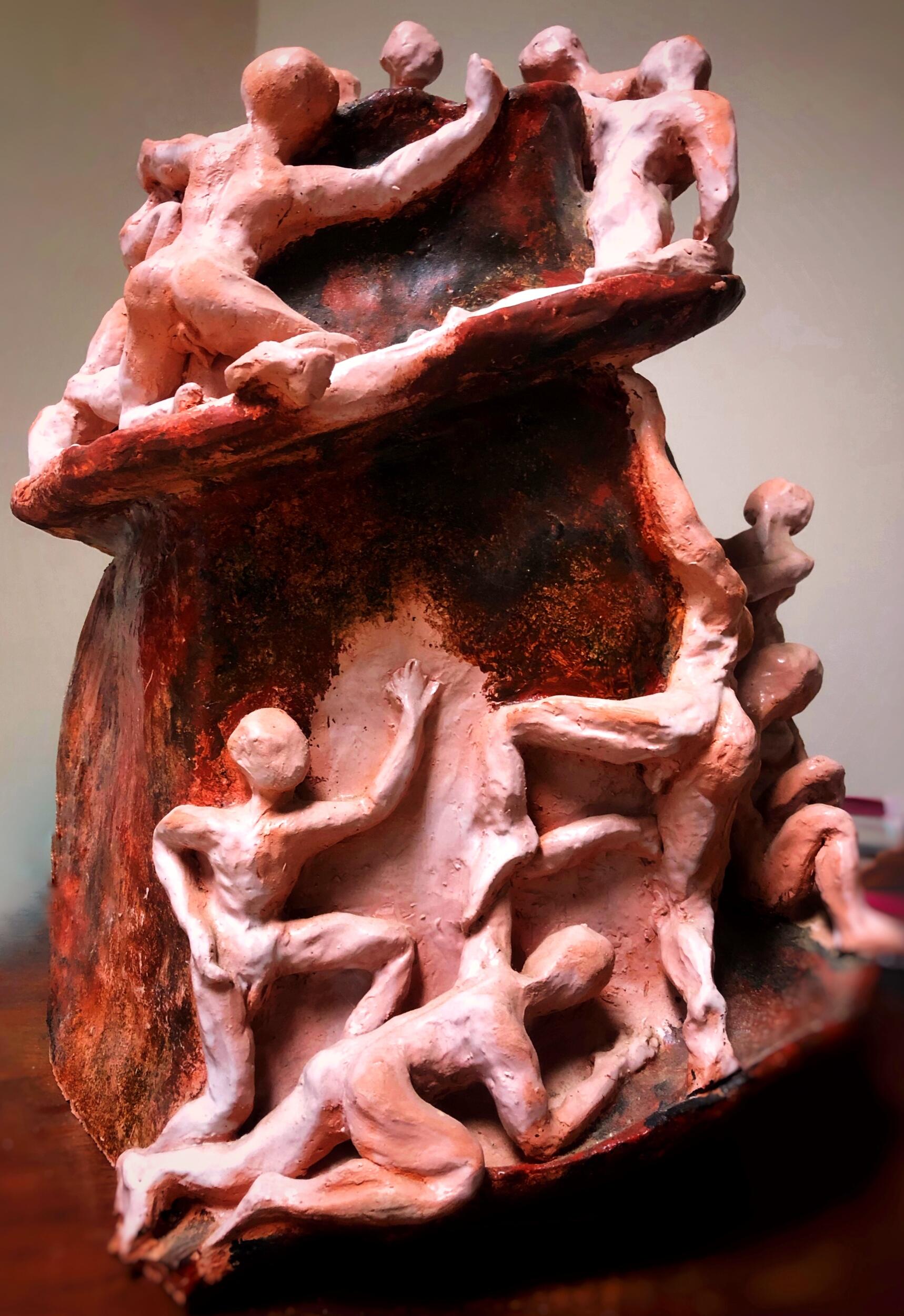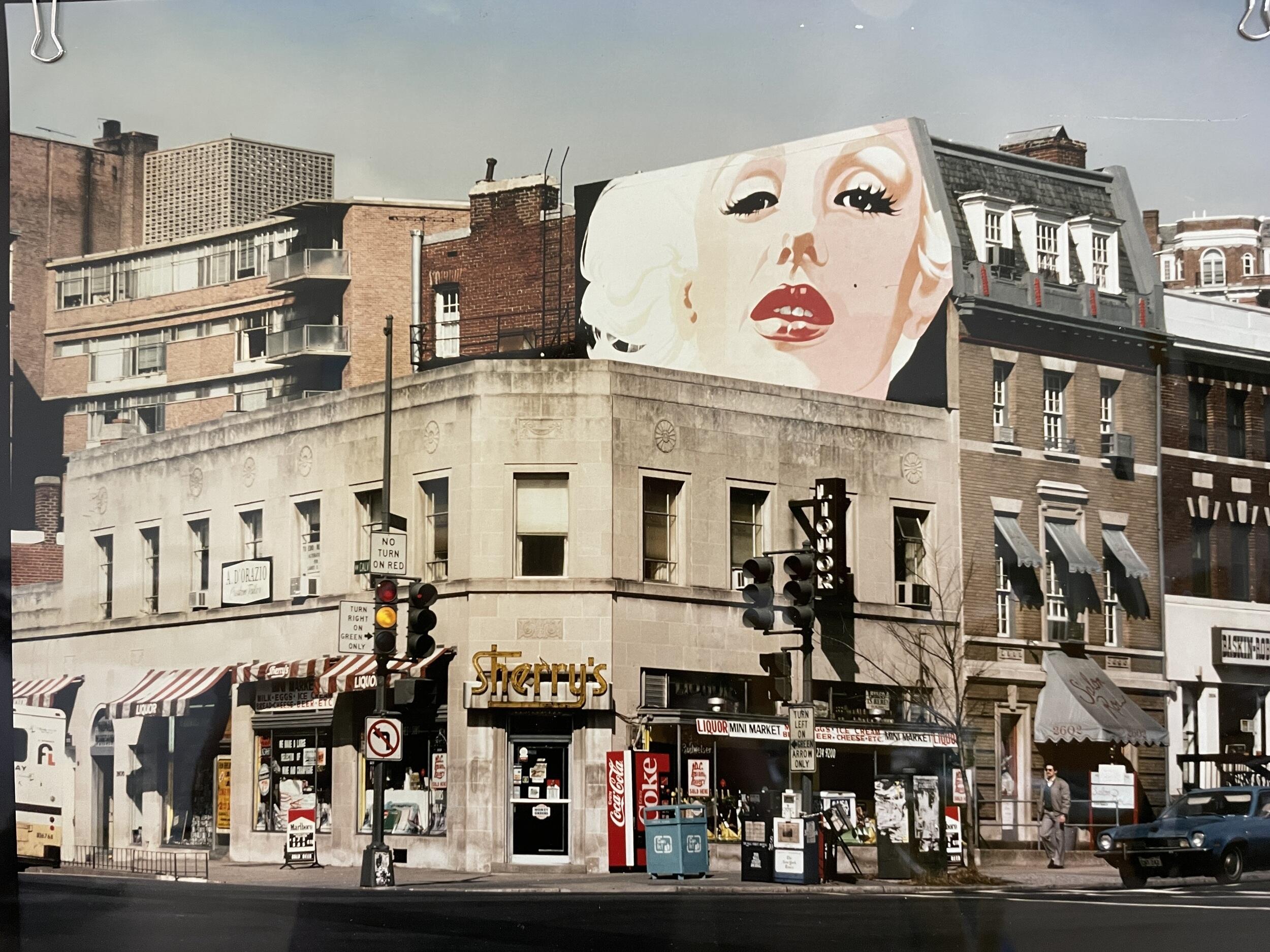
June 3, 2022
New show honors the original art and collections of Frances Wessells and her late husband, John Bailey
Share this story
Frances Wessells thinks of sculpture as dance holding its breath. During her lifetime, she has been able to combine those two passions — art and dance — into a singular breath that remains as strong today as it did more than 100 years ago.
The 102-year-old dancer, choreographer and artist, who is associate professor emerita and founder of the dance department at Virginia Commonwealth University, will be honored at the Artspace gallery on June 3 with an exhibition of the art Wessells and her late husband, John Bailey, created and acquired. All of the work in the exhibition is available for purchase.
Rare pieces include Wessells’ hand-built ceramic and stone pieces.
“They are one-of-a-kind treasures created by a true artistic legend,” said Ed Holten, artist member of Artspace and chair of the facilities committee. “Frances crossed artistic media and continued to create well into her later life. She is the embodiment of art and what she has created should be considered rare and beautiful.”

In a taped interview, Wessells recalled her early interest in dance. Robbie Kinter, music director in the VCU School of Arts Department of Dance + Choreography, was a former dance student of Wessells.
“Frances worked with longtime dean of the VCU School of Arts, Murry DePillars, Ph.D., on making sure that the Department of Dance + Choreography was a part of the School of Arts and not physical education,” Kinter said. “It was also important to her that it was the Department of Dance + Choreography. She fought for those two things.”
Still dancing today, Wessells has a strong love of dance improvisation, Kinter said.
“She continued to teach that in the department as professor emerita after she retired,” he said, adding that her art is informed by her choreography. “She loves figure and space and telling a story with those. She really can create a character with a lump of clay. She found great joy in that.”
Wessells grew up in a home where the walls were covered with art, she said.
“I’m amazed that people would have empty walls,” she said.
Her first wooden sculpture was a squirrel she made in her fifth-grade class. She created her first professional piece of art in the 1950s.
“Nobody tried to make me into something,” she said. “It all naturally grew.”
The exhibit is unique in the fact that Alice Anne Ellis, Artspace president, and Artspace members were able to work with “a living artist who is able to tell us so much about her long history of associations with dance organizations, theaters and artists,” Ellis said. “To have lived through more than a century and still be able to tell the tale is remarkable.”
While other exhibits of living artists usually include a recent body of work, this show is a look back through Wessells’ life,” Holten said.

“It includes her creations as well as items she surrounded herself with – furniture, small tokens of friendship, works by other friends and local artistic icons. Going into this show should be like taking a journey into her life as an artist and not just a display of her recent creations. You are entering her home and seeing what she loves and who she loves,” he said.
The exhibit was prompted by the sale of Wessells’ home in Crozier, Virginia. Narrowing down the extensive collection for the exhibit involved a team of Artspace members.
“In addition to the whimsical and accomplished pieces by Frances, it was exciting to find so much work by John Bailey. There are many of his beautifully observed and crafted drawings, and many screen prints by him. His works range from paintings through collages to energetic works on brown paper and delicate colored pencil drawings,” Ellis said, adding that Bailey was an accomplished artist and dancer.
Bailey was commissioned to paint a mural of Marilyn Monroe on the side of the building that housed Salon Roi in Washington, D.C. The mural was installed in 1981.
“The mural has become a much-loved icon in the area. It has been restored twice, most recently in 2019,” said Ellis.
Finding the entire artistic history of the well-known mural of Marilyn Monroe was exciting, Ellis added.
“The collection includes John's original painting for Marilyn, and many of his original series of screen prints of that work. Additionally, there are several screen prints for another ‘Marilyn,’ a ‘Judy’ (Garland) and an ‘Elvis. Not only do we have the screen prints, but we also have the original drawings and the masks he used to make the screen prints,” she said.
The sale of the artwork through Artspace will ensure Wessells’ wish that these items go to people who will appreciate them as much as she does, Holten said.
“The proceeds will help with Frances' continued care and also help the organization she loves, Artspace,” Holten said.
Wessells believes if you are attracted to a piece of art, you should “keep it on the wall and look at it day in and day out, she said.
“That’s been true for me since childhood,” she said. “With art, doors opened, and I walked through.”

Subscribe to VCU News
Subscribe to VCU News at newsletter.vcu.edu and receive a selection of stories, videos, photos, news clips and event listings in your inbox.







